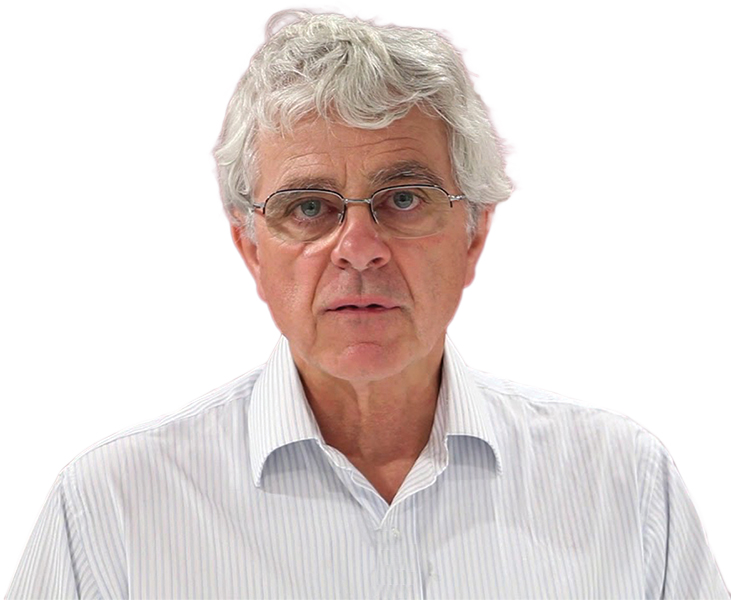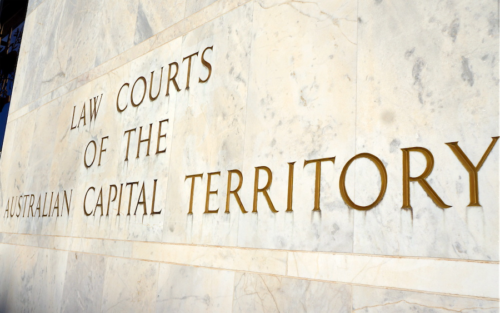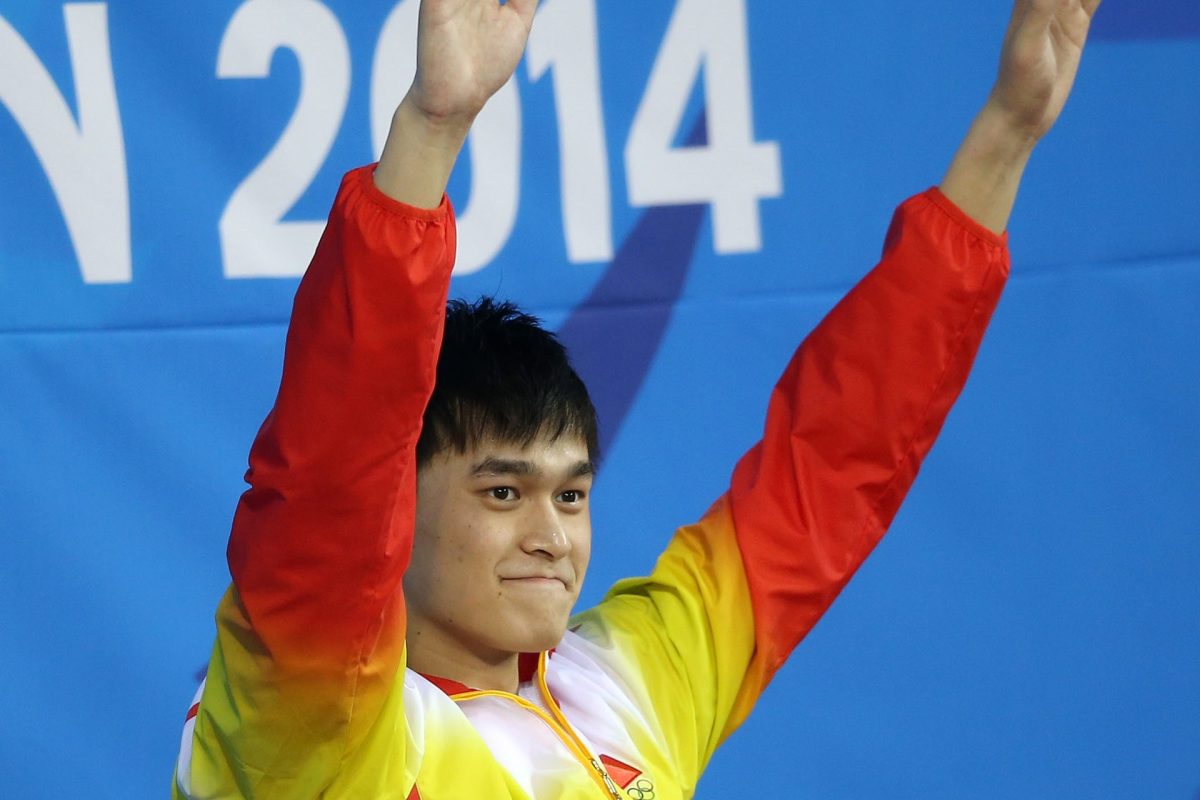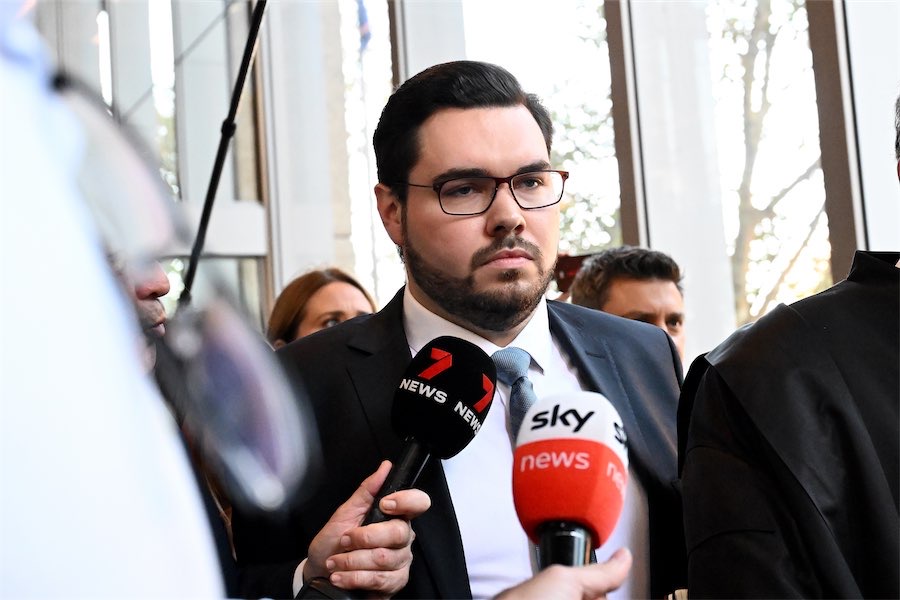
Former barrister and “CityNews” legal columnist HUGH SELBY is startled by criticism of the ACT Chief Justice Lucy McCallum.
THE experienced hand of Janet Albrechtsen writes of “dark recesses” in our Supreme Court, in “The Australian” this week.

She says ACT Chief Justice Lucy McCallum’s refusals to act swiftly, at the separate requests of Bruce Lehmann and “The Australian”, to lift a non-publication order and to give access to some material filed or handed up but not successfully tendered at hearings during last year’s R v Lehrmann case, is such a dark recess.
Really?
From a mainstream broadsheet with career journalists can we not expect well researched, factually accurate, tightly reasoned pieces?
Come with me as we unravel the fuller picture. That done, make up your own mind.
“The Australian” told us that: “When [the Chief Justice] imposed non-publication orders about proceedings last November she did so from her chambers… Ergo, [the CJ] can lift those same orders from her chambers”.
In her December decision, [2022] ACTSC 334, the Chief Justice writes in paragraphs 14 and 15:
The most controversial decision to be made today [December] relates to the orders I made in chambers on 24 November 2022. Shortly before that date… the accused filed an application in proceeding supported by an affidavit. I made orders in chambers pursuant to ss 111(2) and 111(4) [of the Evidence (Miscellaneous Provisions) Act] respectively prohibiting publication of the content of the application in proceeding and the affidavit. I also closed the court for the hearing of the application.
At the time I made those orders, my reason was that, in circumstances where… this trial has attracted an enormous amount of media attention, the prospect of a further media frenzy concerning a further application by the accused was one I thought was very likely to jeopardise the integrity of the trial. Accordingly, I took it upon myself to make the orders in chambers without hearing from any party. I proposed to revisit that issue at the hearing of the application which, until the Director’s announcement [that there would be no second trial], was listed for hearing this afternoon.
From the point of view of any objective bystander the ‘Ergo’ is not just wrong but quite misleading as to any similarity in the circumstances in November and December 2022 and the August 2023 circumstances.
There is no disclosed reason as to why an application now for an existing court order to be varied or revoked should not follow the usual procedures set out in the court rules and be argued in open court (save where there are good reasons to suppress material and parts or all of submissions).
Any reader who wishes to read the Chief Justice’s December reasons, almost in full, can find them here.
As to why the Chief Justice did not lift the non-publication order she explains (selectively quoted here):
“[Mr Lehrmann’s barrister] submitted that there is no reason why a document filed in the Registry which invokes the Court’s jurisdiction [as to who can have access to the document] should not be allowed to be inspected. He submitted that there is no suggestion here of anything in the nature of a threat to security and that there can be no ongoing suggestion of threat to the integrity of the trial. [He] also made a submission based squarely on, if I could put it this way, the competing reputational interests of the complainant and the accused. He noted that, as the position stands, the public has heard the Director’s announcement that the prosecution has been discontinued, largely because medical evidence indicates that the continuation of the prosecution poses a real risk to the complainant’s life”. (paragraph 18. Note these submissions were similar to those made by the barrister for the media.)
Her Honour then discussed a decision from another court, to which she had been taken, pointing out how the facts and circumstances were different from those before her. This led her to state (in paragraph 24):
Based on my experience of the trial, which included the provision of a medical certificate when the complainant became unavailable to continue her evidence, my own observations of the complainant and the information provided to me by the Director yesterday concerning her current medical condition, I have no doubt that any further exacerbation of the level of media attention directed to her carries a risk to her life. My view on that issue is not altered by the fact that she herself has made press statements. I do not think that indicates that one can compartmentalise the areas in which she is vulnerable and the areas in which she is not. I am simply not prepared to contribute to the media frenzy that has been this case.
Why should the Chief Justice, or any judge, not give weight to “further harm to the complainant” – or any party or witness – that would result from the media being able to report about the content of used and unused documents (which includes those handed up at the trial but not made exhibits) with its latest “slant”?
Let’s recall what “The Australian” did earlier this month to the now former DPP in its coverage of the “Sofronoff Report”. Did “The Australian” consider his mental health? I saw no sign of such consideration. Was it not a media dismemberment? Is the description “frenzied” apt? Was it necessary to report it in that manner?
And let’s also recall that a mainstream publication was called out by Commissioner Walter Sofronoff during the public hearings for its insensitive reporting.
In NSW there is a statute, the Court Suppression and Non Publication Orders Act. This goes somewhat further than section 111 in our Evidence (Miscellaneous Provisions) Act to which the Chief Justice referred. The balancing exercise required in NSW is set out as follows:
8 Grounds for making an order
(1) A court may make a suppression order or non-publication order on one or more of the following grounds:
(a) the order is necessary to prevent prejudice to the proper administration of justice….
(c) the order is necessary to protect the safety of any person,
(d) the order is necessary to avoid causing undue distress or embarrassment to a party to or witness in criminal proceedings involving an offence of a sexual nature
(e) it is otherwise necessary in the public interest for the order to be made and that public interest significantly outweighs the public interest in open justice.
As was said by the NSW Court of Appeal in Medich v R (No 2) [2015] NSWCCA 331, [ the sitting judges were the Chief Justice, President of the Court of Appeal, plus a very experienced judge]
These provisions operate in the context of, and as an exception to, the principle of open justice, as to which Bathurst CJ and McColl JA observed in Rinehart v Welker [2011] NSWCA 403…:
“… is one of the most fundamental aspects of the system of justice in Australia… and ensures public confidence in the administration of justice.”
However, in an appropriate case, public interest in open justice:
“… must sometimes yield to competing interests and that the interest in avoiding the defeat of justice by publication is a circumstance in which such a yielding will take place”: XY [2013] NSWSC 1747 … per Brereton J.
Since Mr Lehrmann and “The Australian” apparently have common cause in now having the documents released, then let “The Australian” pay for the legals on his application or a joint application. There are procedures – as a non party – that the media can follow. That was done last December.
It’s a bit rich to be suggesting, however guardedly, that the Chief Justice is anything other than very alive to the principle of open justice.
In April she wrote in R v Johns (No 2) [2023] ACTSC 83, as follows:
Secrecy is anathema to the rule of law. The administration of justice thrives on the discipline that comes with public scrutiny. That is the premise of the principle of open justice’ (paragraph 4)
In the December proceeding from which I have quoted above the Chief Justice revoked four suppression orders that had been made earlier in the R v Lehrmann proceedings. The media was represented at that hearing: that is, it has been heard. It can be heard again – following a procedure that it well knows.
At that December hearing the Chief Justice decided, inter alia, as to one order:
‘the interests of the administration of justice, in my view, extend to the protection of privacy in circumstances where there can be no forensic purpose for seeking disclosure of the information. I do not propose to lift the order’ (paragraph 7)
There were other orders which continued (and still do) because no party – including the media – argued that the order should be lifted.
I find no dark recesses. What I found was competing arguments being presented, being considered, and a reasoned decision given.
Close to nine months later there may be evidence that leads to a different outcome. If so, the appropriate application has to be made, other interests made aware of the application, the evidence has to be presented, tested if necessary, and then aligned with the legal principles. A fair, transparent process will likely be followed by a well-reasoned outcome.
“The Australian” doth protest too much, especially given its recent conduct. It demands access but it gave none to any other media when it got Sofronoff’s report. When it came to the public interest in a broad-based publication of the Sofronoff findings and the benefits of competing views it opted for “only us, and only for those who are paid up subscribers”.
Of course, we understand the value of an exclusive scoop. However, having feasted on that windfall it is difficult to then claim the high ground of the “public’s right to know”. The public, surprise, includes many who choose not to read “The Australian”.
The article in “The Australian” gives no space to considering competing values. It assumes that its (commercial) interests equal or outrank legal process. There is no mention of any interest – other than Mr Lehrmann and “The Australian” to be considered.
But there are other interests – both now and in the future. The complainant may want to be heard or there may be another contradictor acting on behalf of possible complainants.
Lest some readers wish to dismiss the above with the thought that I am trying to ingratiate myself with the Chief Justice or any of her colleagues, my opinions on various issues that arise in our courts as expressed in “CityNews” since November are a compelling rebuttal.
“The Australian” article opened with: “It is worth casting an unhurried eye over how the Chief Justice responded..”. Later the article stated, “open justice depends on fair and accurate reports by the media… of what happens in the courtroom”.
I do not cavil with those statements. But it is what we practice, not what we preach, that makes us trusted or untrusted as reporters and commentators from day to day, article to article. Lest we forget.
“CityNews” legal commentator and former barrister Hugh Selby wrote extensive running commentary on the Sofronoff Inquiry’s public hearings, focusing upon the advocacy and witness performances. The “CityNews” coverage of the inquiry, including his daily reviews, is here.
Hugh Selby’s free podcasts on “Witness Essentials” and “Advocacy in court: preparation and performance” can be heard on the best known podcast sites.
Who can be trusted?
In a world of spin and confusion, there’s never been a more important time to support independent journalism in Canberra.
If you trust our work online and want to enforce the power of independent voices, I invite you to make a small contribution.
Every dollar of support is invested back into our journalism to help keep citynews.com.au strong and free.
Thank you,
Ian Meikle, editor





Leave a Reply